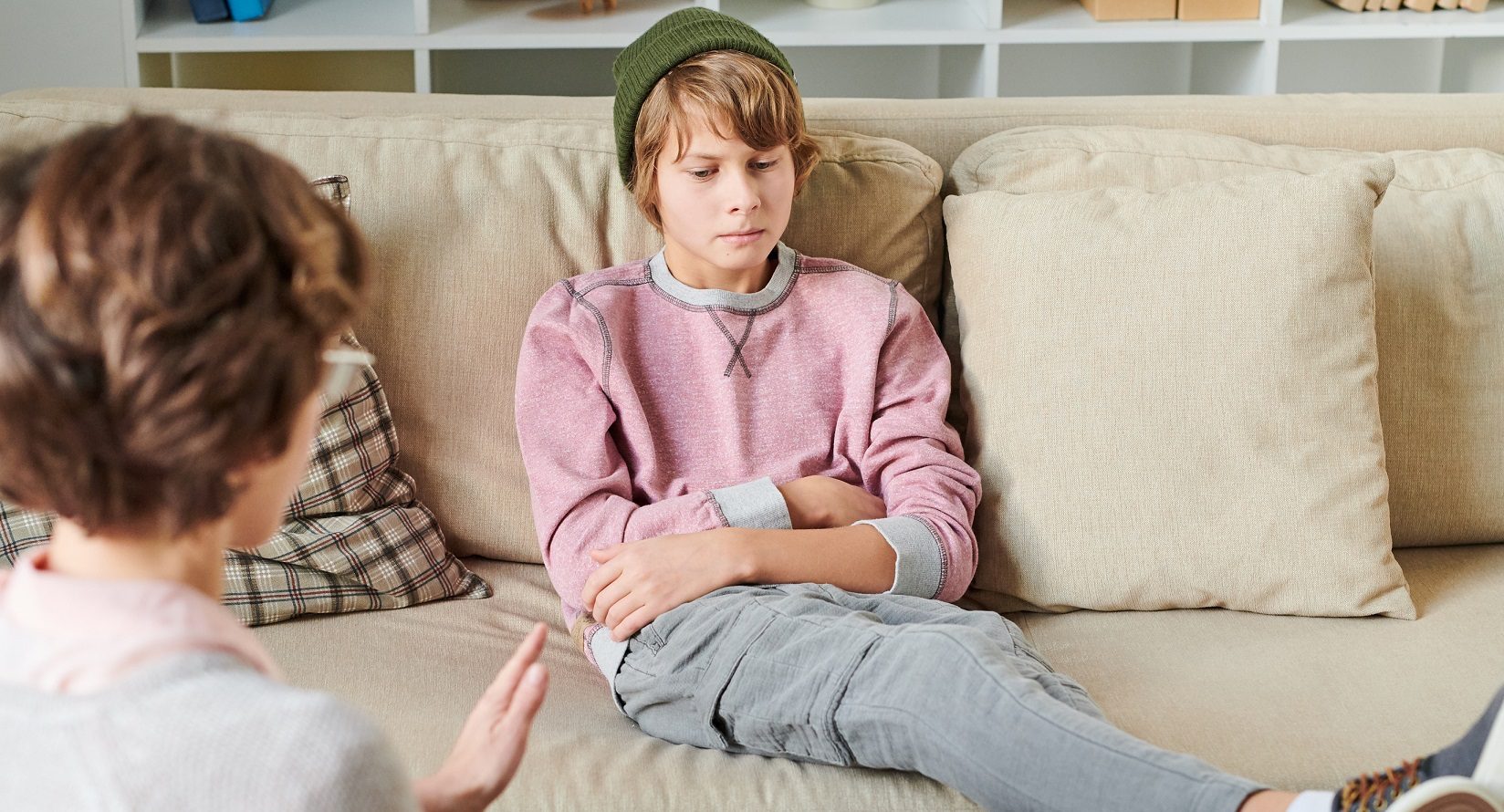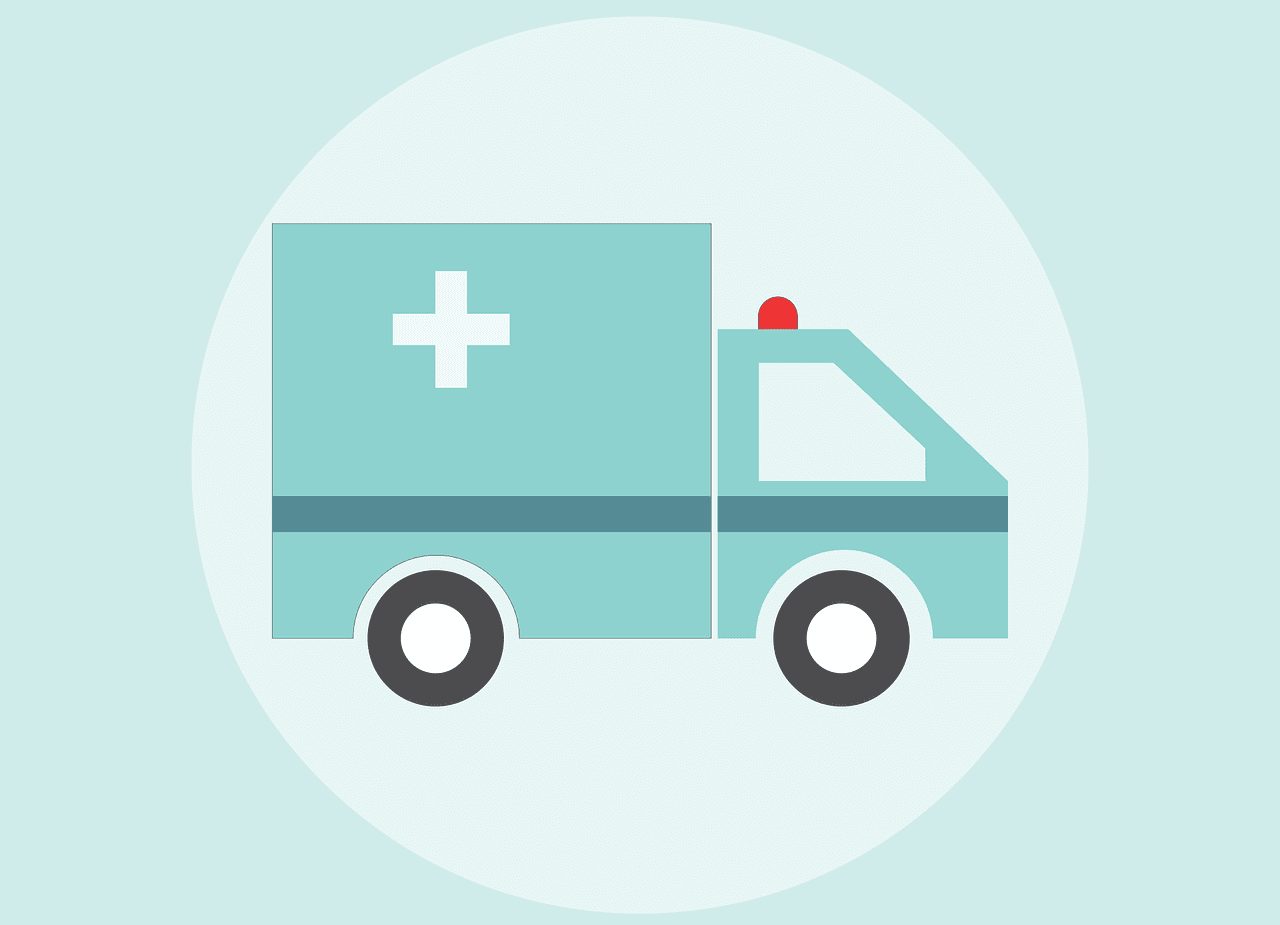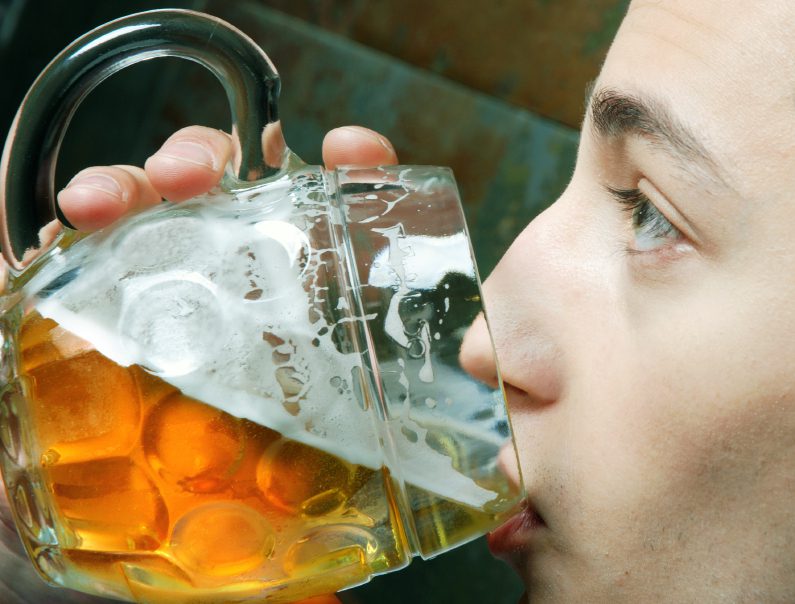Articles containing: teens
11 Self-Care Tips for Teens and Young Adults

Este artículo está disponible en español.
Stress. Teens and young adults today are more stressed, anxious, depressed and lonely than ever – at least in the United States. At first glance, it’s hard to wrap your head around this fact.
9 Ways to Know If Your Child’s Mental Health Clinician Is Right for Them

As parents, we all want the very best for our kids – the best teachers, coaches, and health professionals, among others.
About one in five of our children, teenagers, and young adults will experience a mental health issue and ideally receive mental health care.
Are ER Visits the Answer to Mental Health Issues at School?

Anyone who works in a school can tell you that mental health concerns are an integral part of their job. After all, students need to be at their emotional best in order to perform at their scholastic best. There may be exceptions, but the general rule of thumb is that healthy kids are the best students.
What Is Family Therapy?

Family therapy emphasizes the idea that a child lives and grows in relationship to others, particularly in relationship to members of his or her own family. There are many different family therapy approaches.
Why Chores Are Important for Kids

Chores.
We all remember them.
Some were associated with allowance, others simply mandatory. For many kids, and I bet for most of us, they were often an intrusion on other more important things to do.
What If My Child Has A Drinking Problem?

How can you tell if your child has a drinking problem? By far, the most commonly misused drug among teens is alcohol. This makes sense, as alcohol is legally available throughout the United States, it’s heavily advertised and glorified in the media, and frequently used in celebratory activities.
What Are the Treatments for Eating Disorders?

Question: What Are the Treatments for Eating Disorders?
Because eating disorders are complex – and are caused by multiple factors – treatments need to address multiple influences.
Shrinking It Down: Home for the Holidays

You can also subscribe to this podcast on iTunes, Spotify, Google Play, Stitcher, TuneIn, SoundCloud, and most podcast apps.
Here we are, in the peak of the holiday season. Do you feel joyful? Do you feel down? Are you simply overwhelmed? Whatever it is you’re feeling, it’s okay, and we guarantee you’re not alone.
Why Activism Is Good For Teens — And The Country

When I was a ninth grader in 1964, I was suspended from school for selling peace buttons for the Student Nonviolent Coordinating Committee.
I was a tad anxious about how my mom would react, but when I came home that morning, she was beaming.
Shrinking It Down: Political Angst in America? (Season 1, Episode 6)

You can also listen to this podcast on SoundCloud, Stitcher, and iTunes.
***
According to a 2017 report by the American Psychological Association, 2/3 of Americans feel stressed about the future of our nation, including a majority of each Democrats and Republicans.



